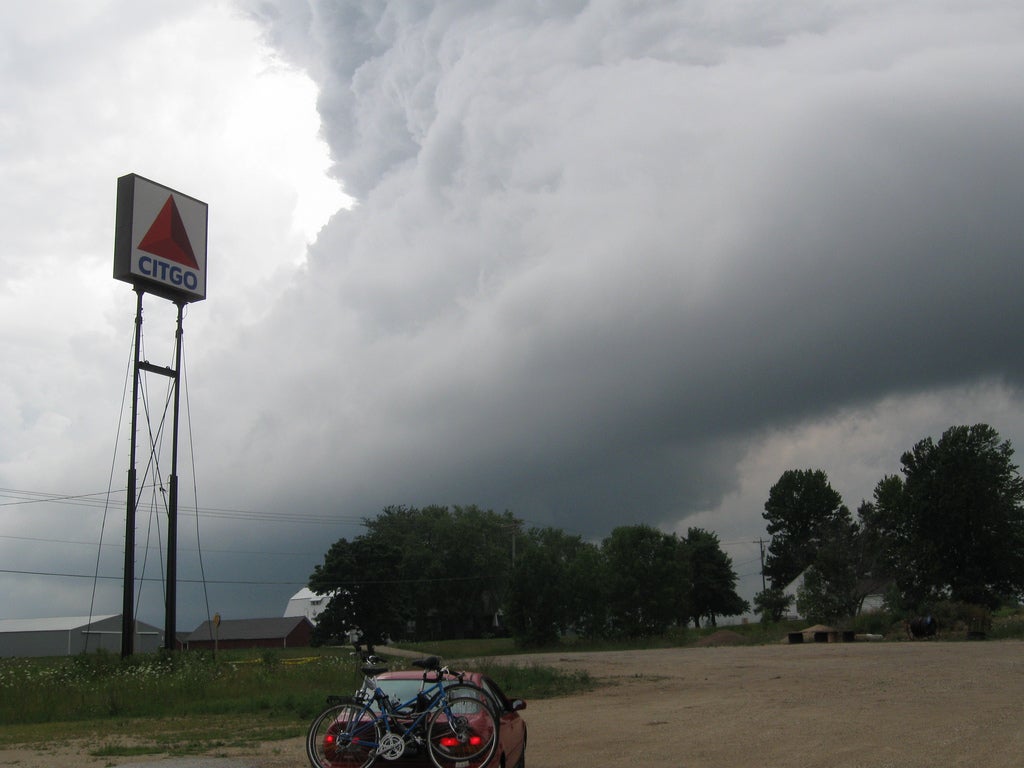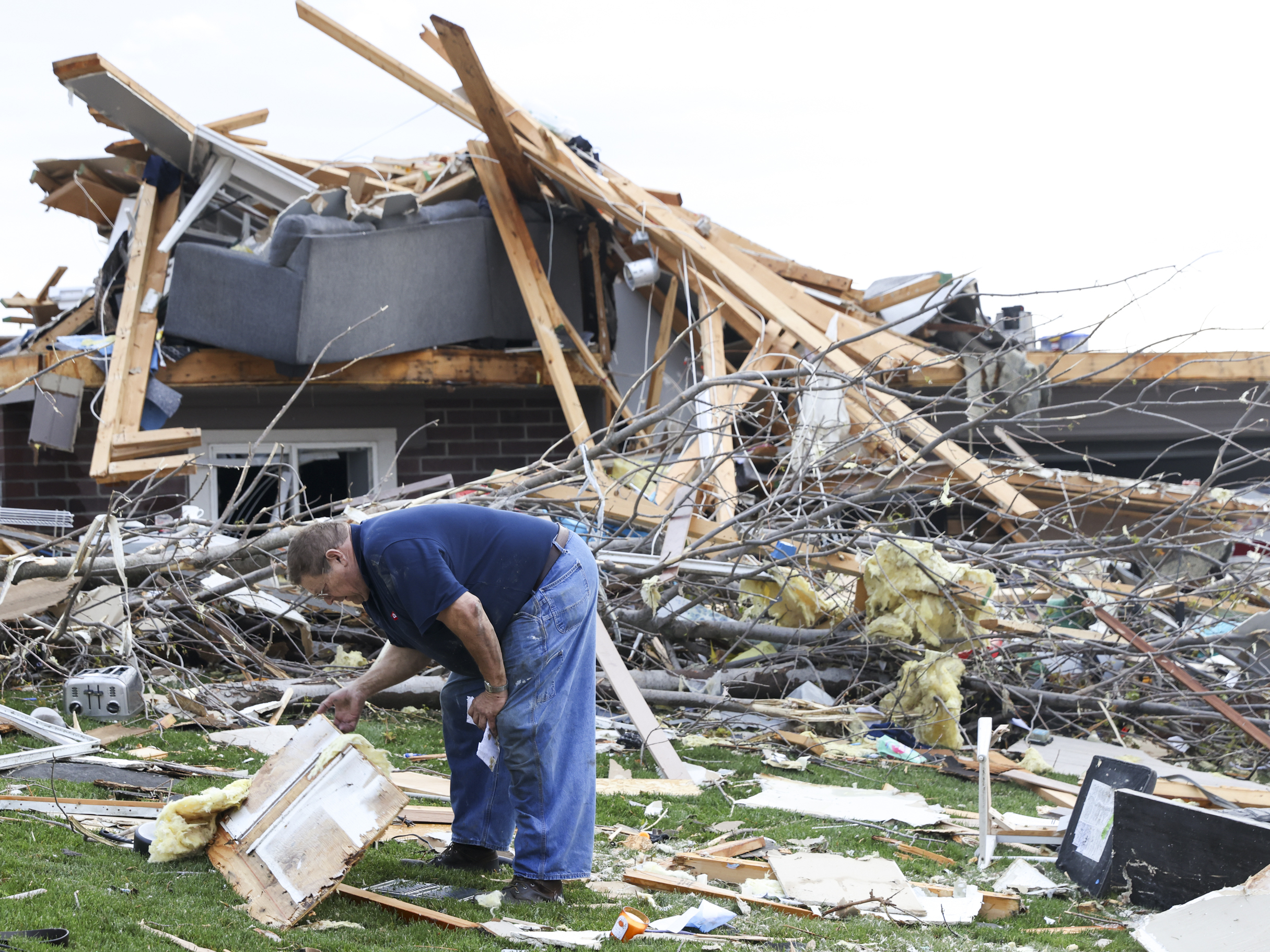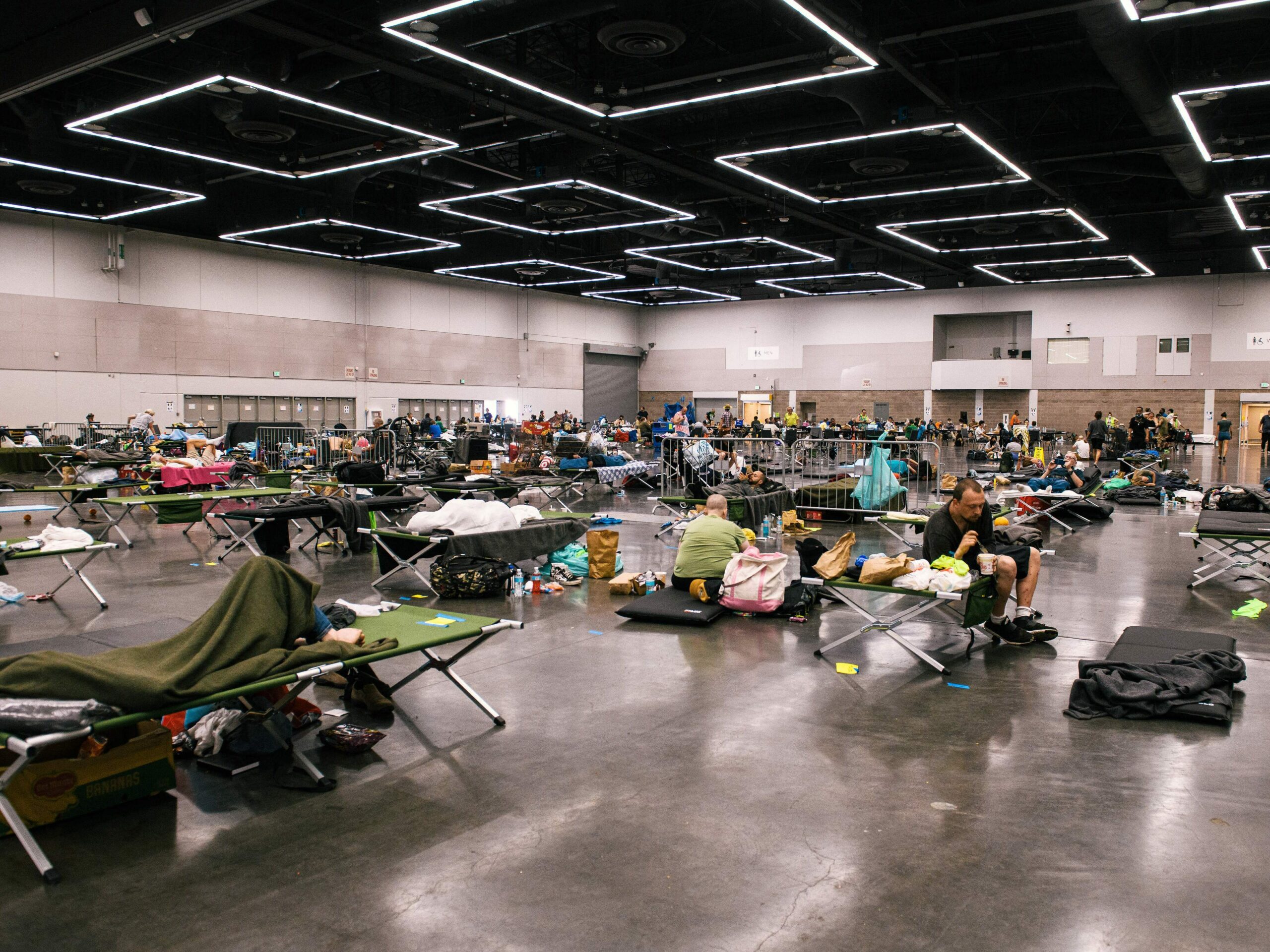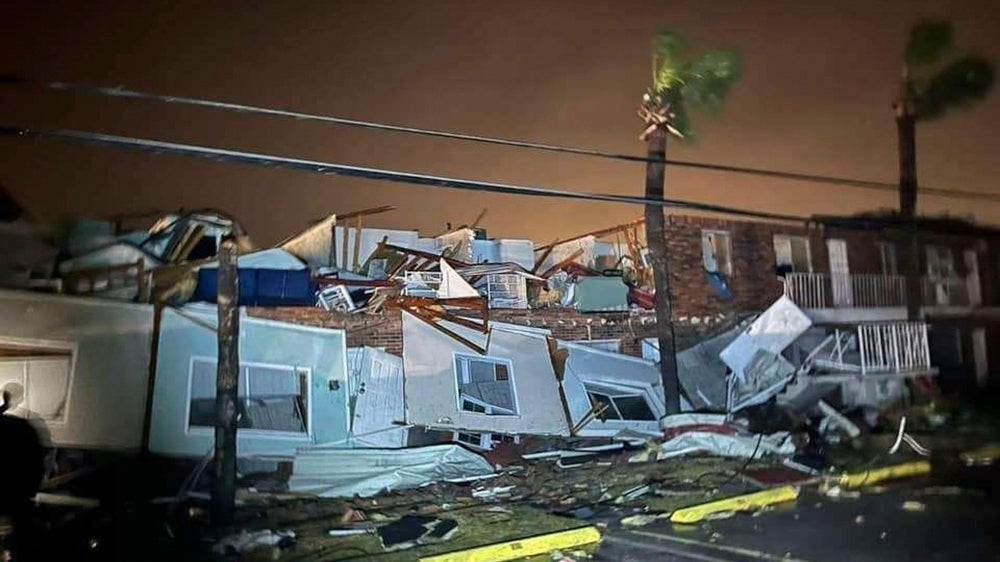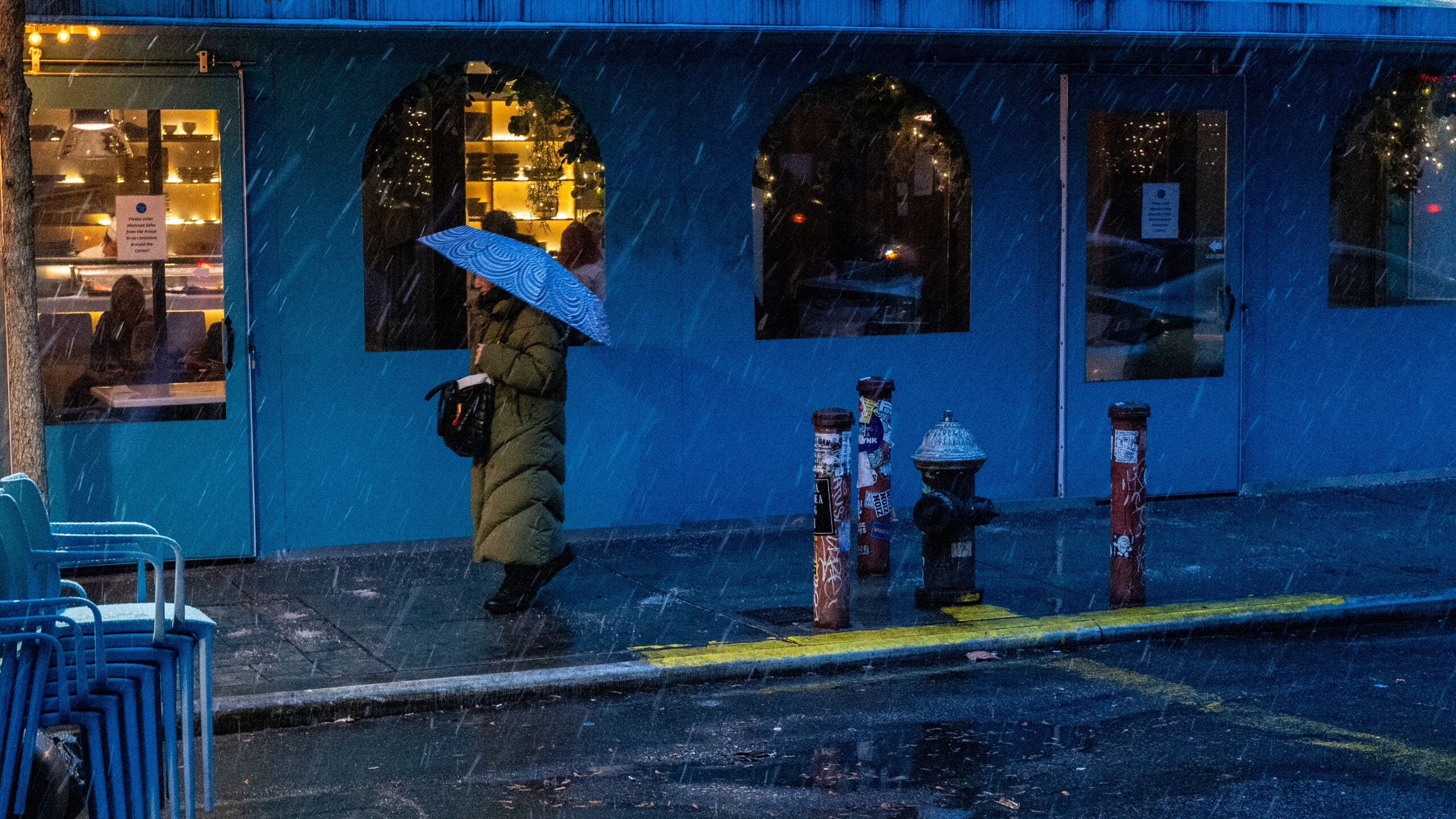Next month, the National Weather Service (NWS) in Wisconsin will start using stronger words to describe extremely dangerous weather.
In the past, the NWS has used words like “watch” or “warning” to describe severe weather. The old system presented two problems. First, it didn’t tell people a lot about the storm. And second, people tended to ignore the warnings.
The old terms are not going away, but the agency hopes to change people’s behavior by using stronger language like “considerable” or “catastrophic.” to describe the level of damage meteorologists expect. Todd Shea, a Warning Coordinator at the NWS in La Crosse, says along with radar, meteorologists will get help from volunteer spotters that will provide detailed information about each storm.
Stay informed on the latest news
Sign up for WPR’s email newsletter.
“We would be able to add in extra information on, first of all, whether that tornado was observed or, is this a radar indicated observation; then, what we can expect for damage.
The agency hopes using stronger words will help convince people to seek shelter earlier. Missouri NWS warning coordinator Steve Runnels says it might have made a difference when a powerful tornado hit Joplin, Missouri in 2011, killing more than 160 people.
“What the tornado that occurred in Joplin, Missouri taught us is if we can provide additional emphasis on what the impact will be, people will spend less time confirming the event and instead go immediately to shelter.”
The new warning system is considered an experiment. Researchers will track its use in several upper Midwest states, including Wisconsin, and measure its effectiveness in convincing people to get to safety.
Wisconsin Public Radio, © Copyright 2024, Board of Regents of the University of Wisconsin System and Wisconsin Educational Communications Board.

